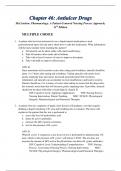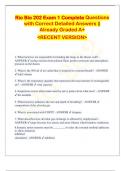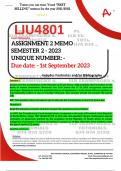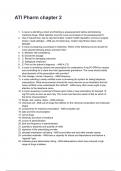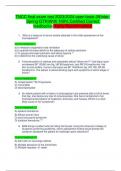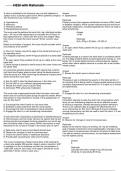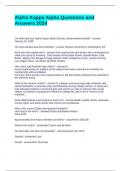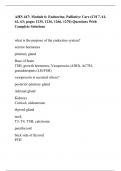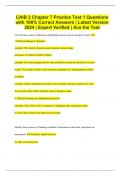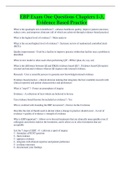Exam (elaborations)
Test Bank Pharmacology A Patient-Centered Nursing Process Approach, 11th Edition by Linda E. McCuistion |Chapter 46-50|
- Course
- Institution
Chapter 46: Antiulcer Drugs Chapter 47: Eye and Ear Disorders Chapter 48: Dermatologic Disorders Chapter 49: Pituitary, Thyroid, Parathyroid, and Adrenal Disorders Chapter 50: Antidiabetics
[Show more]
